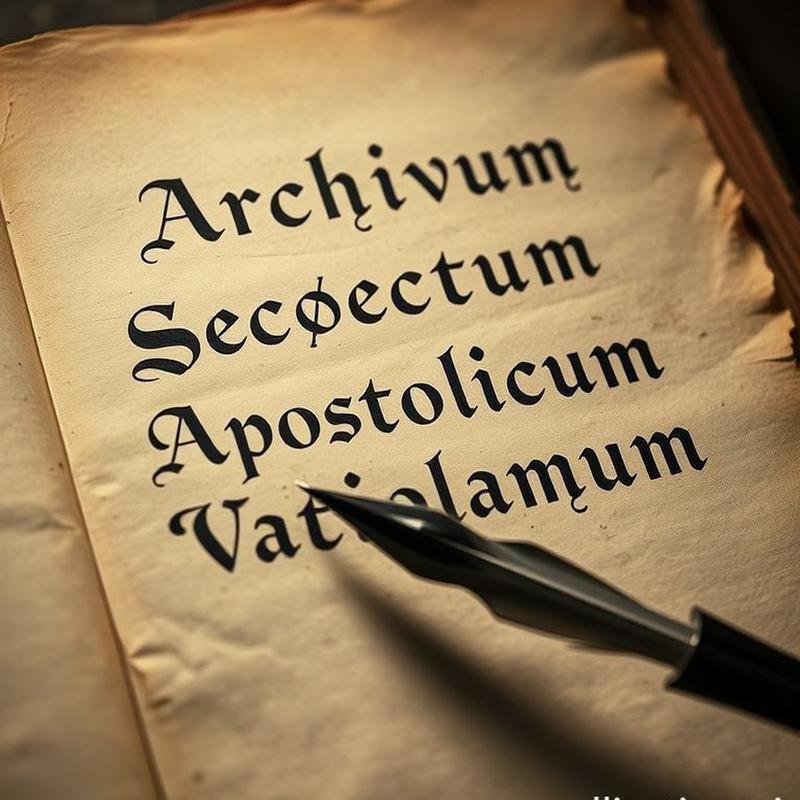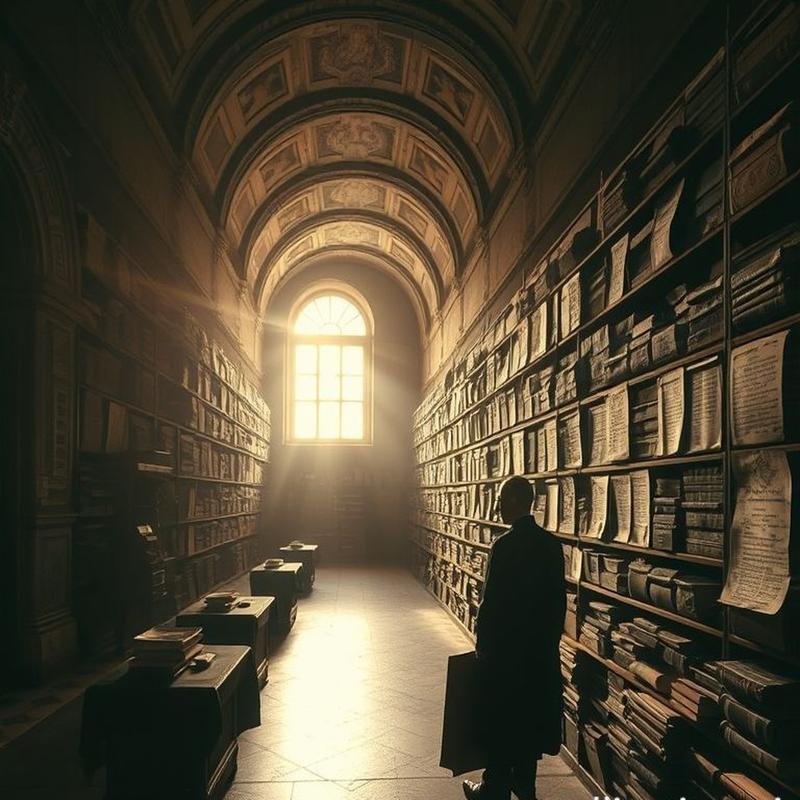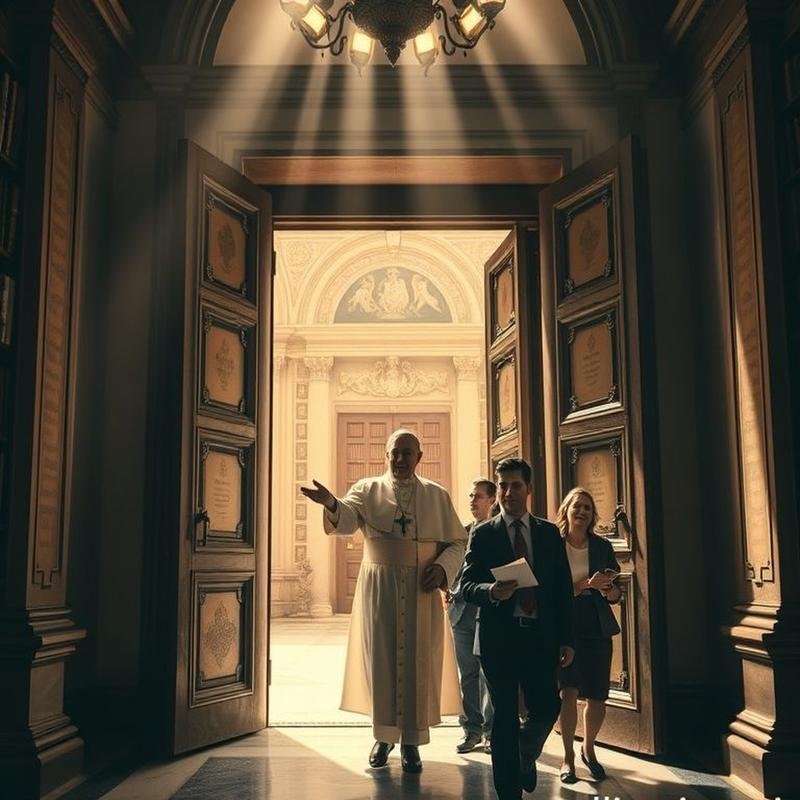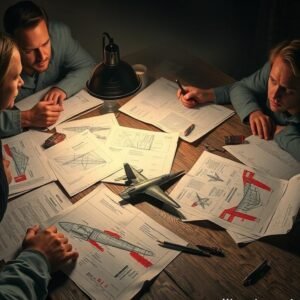Dark Secrets of the Vatican: Terrifying Truths Revealed for the First Time!
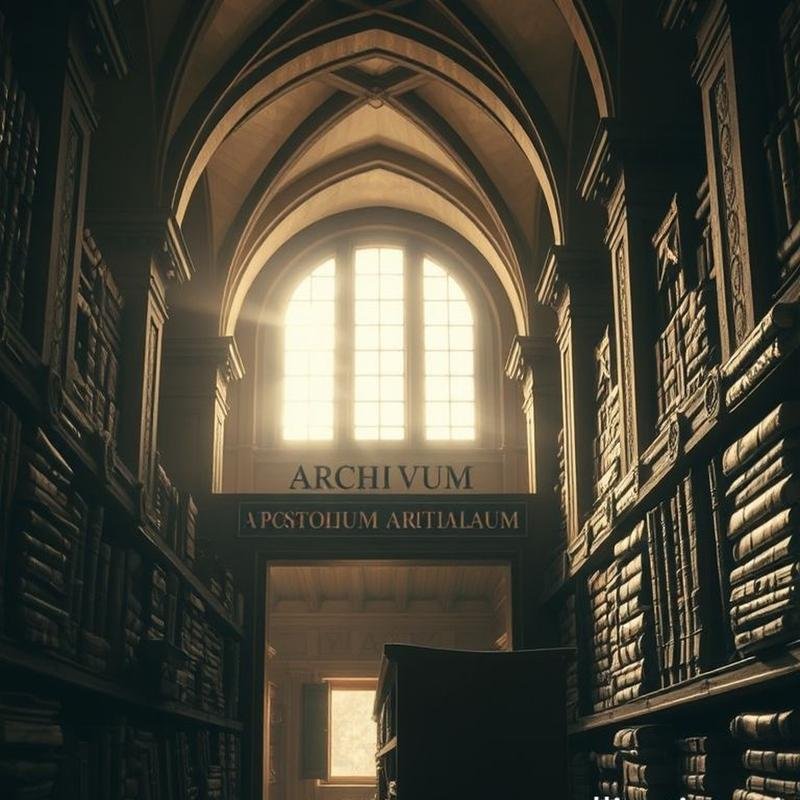
Vatican Archive: Unveiling Hidden History & Truths
The Vatican Apostolic Archive, often mistakenly perceived as entirely secret, offers a glimpse into a world far exceeding popular conspiracy theories of extraterrestrial encounters and global domination. The true intrigue lies in the absolute power vested in this repository of knowledge, not only in its hidden treasures but also in the selective access granted and denied. Behind secure doors reside ancient manuscripts detailing historical power struggles, intricate political machinations, and controversial alliances that have shaped the course of history. We aim to dismantle prevailing myths and explore the documented truths concealed within the Vatican’s walls, revealing a reality more complex and captivating than previously imagined.
Before we present compelling evidence, we invite you to share your initial hypotheses in the comments section. To ensure you don’t miss any installment of our engaging series, please subscribe to the channel and activate notifications.
Delving into the Vatican Apostolic Archive
While knowledge has its limits, curiosity is boundless. Let us delve directly into the heart of the matter: the Vatican Apostolic Archive. Officially established in 1612 by Pope Paul V, its origins extend much further back. The original Latin name, Archivum Secretum Apostolicum Vaticanum, provides insight into its nature. The term “secretum” in this context signifies private or reserved, rather than strictly secret in the common understanding. Indeed, the archive has never been completely inaccessible. In 1881, Pope Leo XIII opened its doors to researchers, unveiling a wealth of knowledge previously confined within its walls. Further clarifying its purpose, Pope Francis renamed the archive the Vatican Apostolic Archive in 2019, aiming to dispel any ambiguity regarding its function.
Envision 85 kilometers of shelving, housing documents dating back to the 8th century AD. Among these invaluable items are the Liber Diurnus Romanorum Pontificum, a collection of formulas used in papal administration throughout history; a poignant letter from Mary, Queen of Scots, to Pope Sixtus V prior to her execution in 1587; and King Henry VIII’s formal request for a divorce from Pope Clement VII in 1530. These artifacts offer a window into history, though not necessarily a clandestine one.
Rumors and Forbidden Manuscripts
But what of the rumored forbidden manuscripts? Are they merely fanciful tales or a tangible reality concealed within the Vatican’s walls? Speculation suggests the existence of coded prophecies attributed to Nostradamus or Old Testament prophets, predicting the fate of the world and the Church. Other rumors hint at manuscripts revealing alternative historical narratives, suppressed truths about the life of Christ or the origins of the early Church, potentially challenging long-held beliefs. Some theories even posit the existence of secret documents detailing Vatican encounters with extraterrestrial beings or profound secrets about the origins of humanity. Could the Vatican truly be safeguarding cosmic secrets beyond our comprehension? Conversely, Vatican librarians maintain that all manuscripts are accessible to qualified researchers, with restrictions solely intended to protect rare documents of historical significance. In 2010, access was granted to researchers to examine documents pertaining to the trial of the Knights Templar, revealing the underlying motives behind those proceedings.
The Power Dynamic: Who Controls the Information?
However, what of the absolute power dynamic? Who possesses the exclusive authority to determine what is revealed and what remains hidden? The Pope alone holds ultimate authority over the Vatican Apostolic Archive. No entity supersedes his authority, and his decisions are final. Since Pope Leo XIII authorized partial access to the archive in 1883, he has retained the power to prohibit access to any document deemed a threat to the stability of the Church. The national security of the Vatican State, the reputation of the Catholic Church, and the avoidance of controversy surrounding sensitive religious issues are all factors influencing the fate of documents. Even in the case of Galileo Galilei, despite the Church’s eventual apology, certain details remain concealed. Furthermore, persistent speculation surrounds the Vatican’s relationship with the Nazi regime during World War II. Is the Church concealing significant secrets? And will the truth regarding its role in that dark period ever be fully revealed? In 2020, Pope Francis granted access to the archives of Pius XII, but what of the other secrets that remain undisclosed? The prophecies of Fatima, for instance, continue to be revealed incrementally, as if the Church is wary of the power of the written word. Is this a matter of protecting faith, or safeguarding secrets more valuable than faith itself?
Conspiracy Theories and Speculation
Amidst this intense debate, conspiracy theories abound, some sparking legitimate curiosity, while others exceed the bounds of plausibility. Consider, for example, the phantom time hypothesis proposed by Heribert Illig, which suggests that entire centuries of history were fabricated. Could Vatican documents dating back to this questionable era be implicated in this alleged manipulation? Then there are the Protocols of the Elders of Zion, the infamous forged document repeatedly used to incite hatred, often linked to the Vatican in outlandish theories of global domination. While the Vatican Apostolic Archive is accessible to accredited researchers, restrictions on access to certain documents continue to fuel suspicion. The Vatican Secret Library, with its priceless collection of rare manuscripts and documents, further intensifies speculation about hidden knowledge. The case of Galileo Galilei remains a symbol of the Vatican’s conflict with science, raising questions about the potential suppression of facts. Furthermore, stories of the Vatican and Nazi gold, alleging the smuggling of stolen treasures, persist despite the lack of conclusive evidence. Even the Balfour Declaration and the complex diplomatic role played by the Vatican during that period have sparked speculation about hidden influence.
Transparency in the Third Millennium
With the advent of the third millennium, the pace of declassification of Vatican documents has accelerated, representing a long-awaited step towards greater transparency. In 2020, Pope Francis made the historic decision to open the archives from the era of Pius XII, the tumultuous period encompassing World War II and the Holocaust, to researchers. These invaluable documents, containing diplomatic correspondence and detailed intelligence reports, have begun to reveal new information, including the Vatican’s clandestine efforts to rescue Jews by providing forged identity documents and sheltering them in safe monasteries and churches. A letter dating back to 1942, sent by a former German intelligence officer requesting assistance in overthrowing Hitler, has now surfaced, revealing threads of secret contacts and hidden opposition. Researchers face years of dedicated work to analyze these valuable documents, but they are hopeful that these efforts will contribute to a deeper understanding of the Vatican’s role during that dark era.
Within the annals of recorded history, the lines between truth and fiction often blur. The Vatican Apostolic Archive, containing millions of documents spanning over eight centuries, is not merely a repository of memories but a reflection of power struggles, profound political transformations, and the aspirations of humanity. It is a treasure trove awaiting exploration with a critical eye and an open mind.
Having debunked the myths surrounding the Vatican Apostolic Archive and explored its true historical significance and the power dynamics it represents, what is the most pressing question that comes to your mind? Share your thoughts in the comments and let us discuss this fascinating chapter of world history together.
